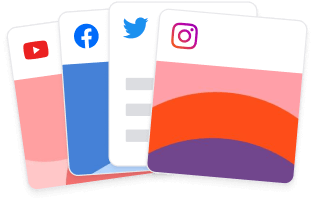API Error Code Troubleshooting
For versions 4.0 and newer of the plugin, you should see an error message in your feed with a specific error code if a problem occurs with the API while the plugin attempts to retrieve your posts. Please see our Facebook API Error Message Reference for information on troubleshooting specific API errors.
API Error 190
One of the most common problems is that your Facebook Source has become invalid (API Error 190) and this can usually be resolved by reconnecting your Page with these steps:
- Please go to WordPress dashboard > Facebook Feed > Settings > remove the connected account(s) by clicking the red trash icon.
- Click the Save Changes button.
- Click the Add Source button, then click the blue Connect button and go through the connection process again. When sent to Facebook, you may need to click the Edit Settings (reference) button to review your connection settings and make sure all pages you manage are selected and all permissions.
- For any existing feed or legacy feed, go to the specific feed options > Settings > Sources and select the newly connected source.
- Once your source has been added, click the Save Changes button.



